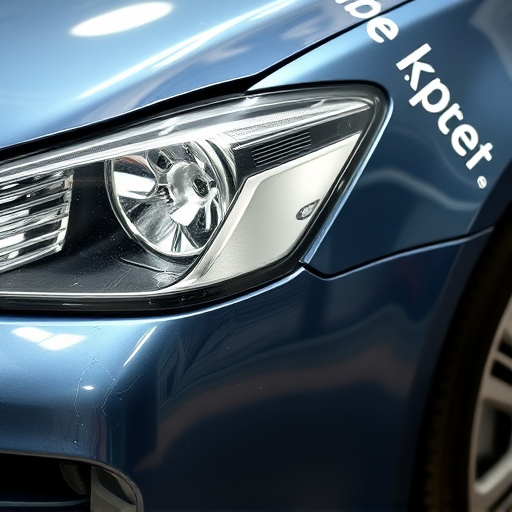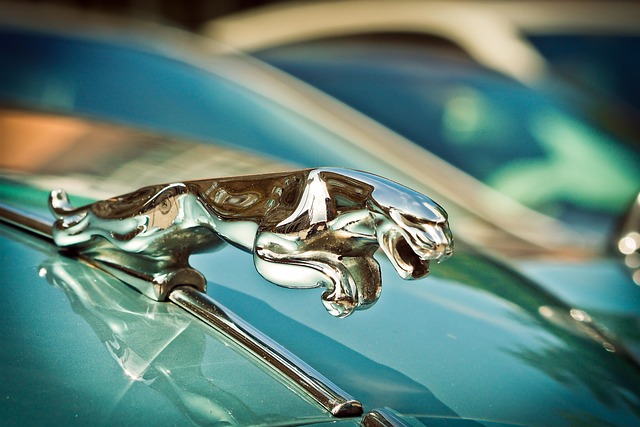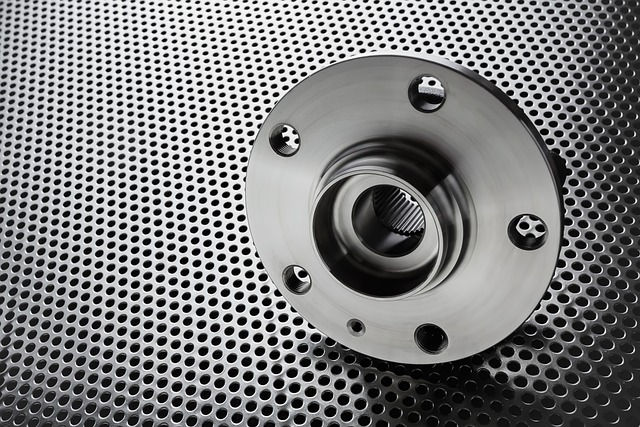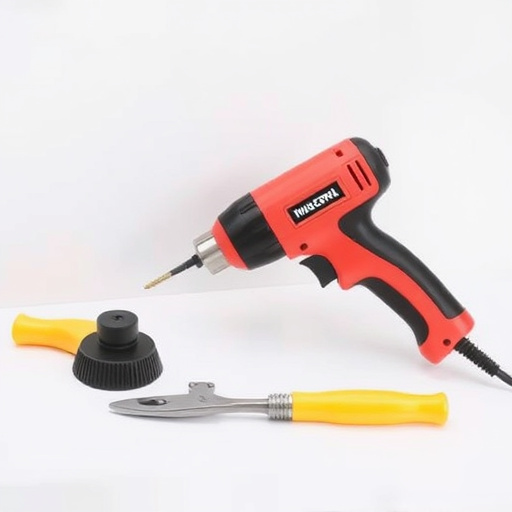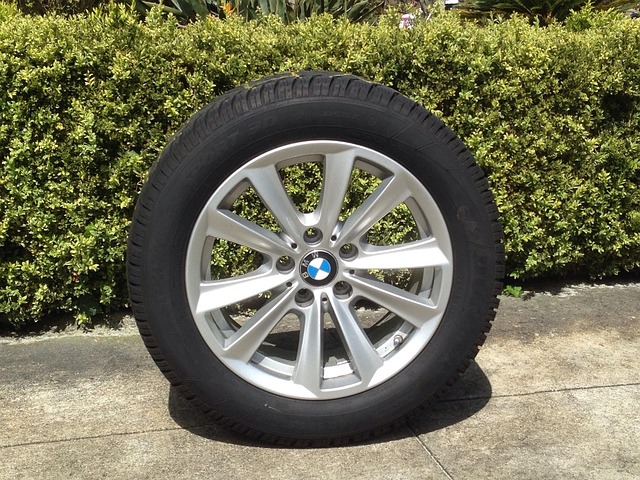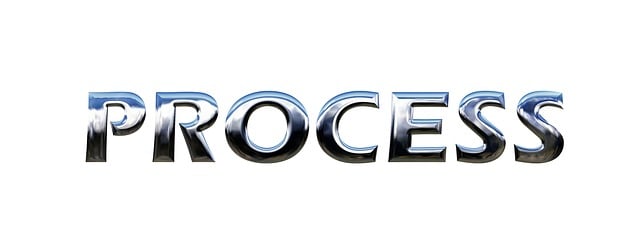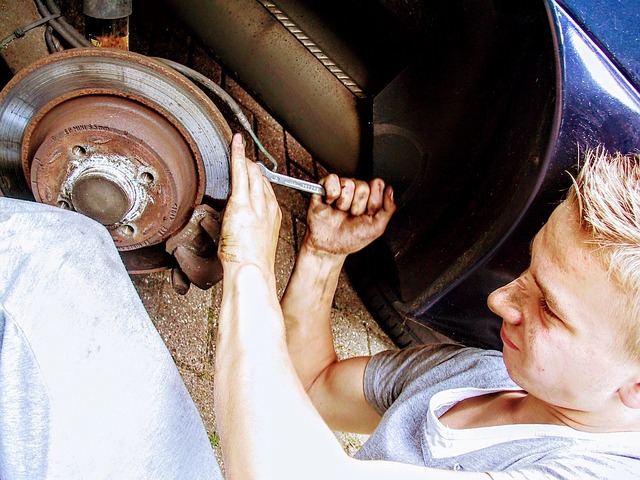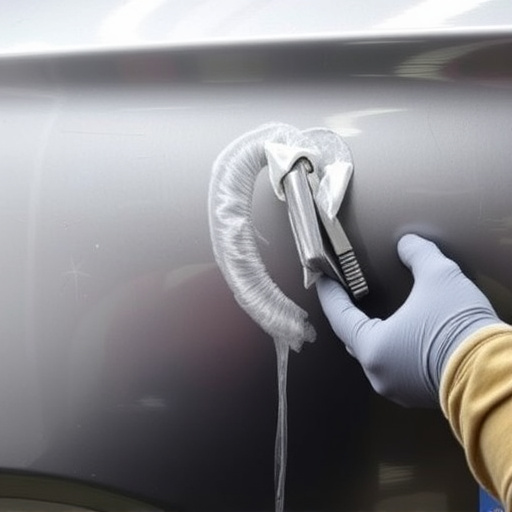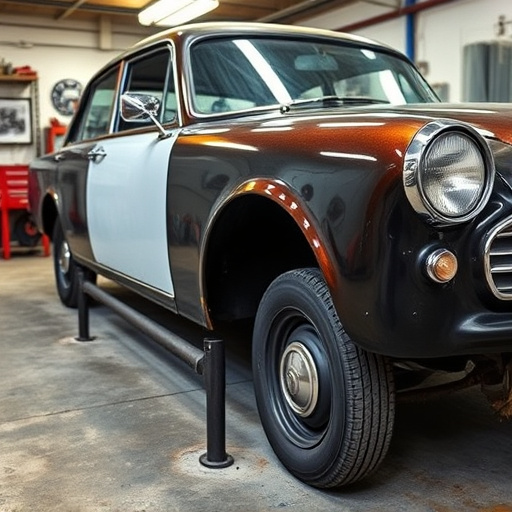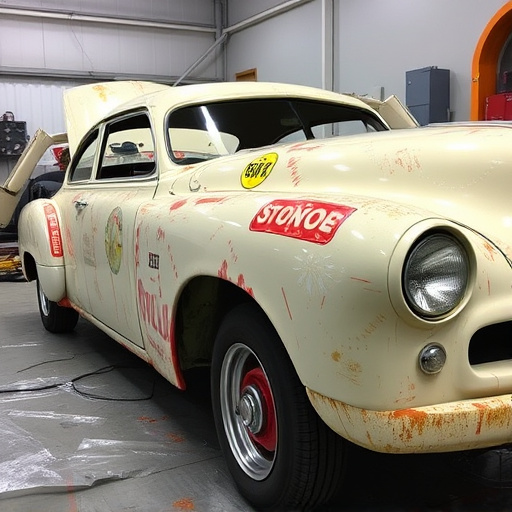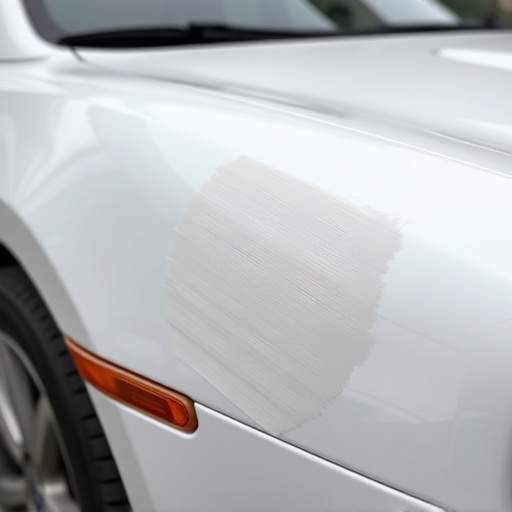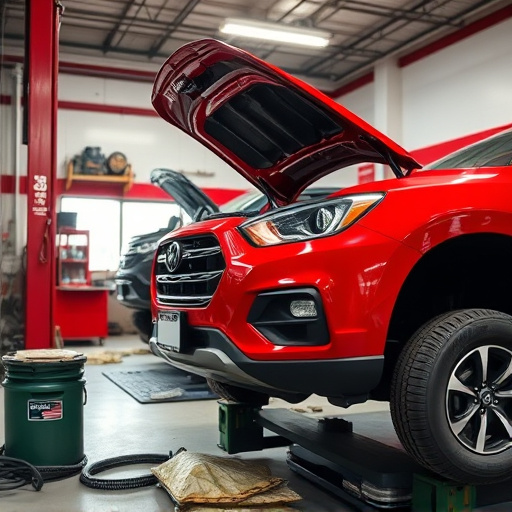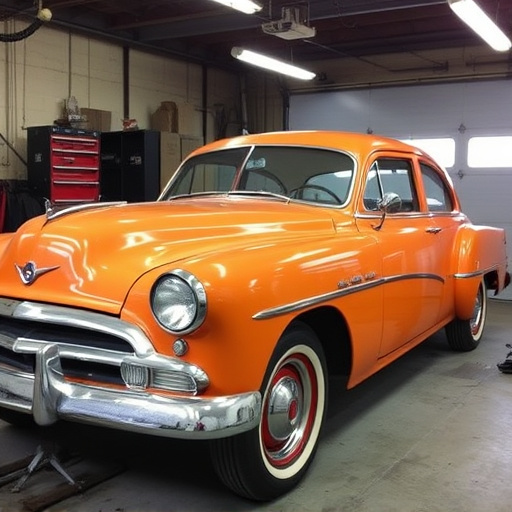Flood damaged vehicle repair goes beyond visual inspection, requiring advanced diagnostic techniques and specialized knowledge to address hidden issues like corrosion and electrical system damage. Mechanics use moisture detection technology, protective coatings, and meticulous frame straightening to ensure vehicles are safely restored, preventing further mold and structural compromise. This tailored process guarantees components are appropriately addressed for reliable post-repair operation.
Flood-damaged vehicle repair is a specialized process that requires more than a quick fix. Understanding the extent of flood damage and navigating unique challenges like rust, water-borne contaminants, and structural integrity issues is crucial. This article explores these key aspects. From assessing the scope of repairs to employing specialized restoration techniques, learn why professional expertise is essential for safe, effective, and thorough flood damaged vehicle repair.
- Understanding Flood Damage Extent
- Unique Challenges in Recovery Process
- Specialized Techniques for Restoration
Understanding Flood Damage Extent
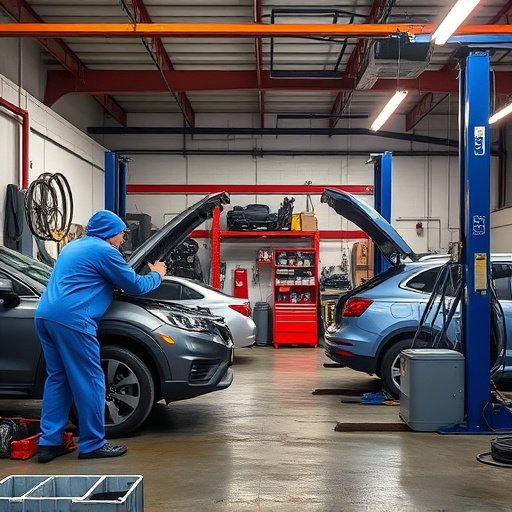
Assessing flood damage to a vehicle requires a thorough understanding of the extent of the harm caused by water intrusion. It goes beyond what meets the eye; visible scratches and dents are just the tip of the iceberg. Specialized tools and knowledge are necessary to uncover hidden issues, such as corrosion beneath the surface or electrical system damage from short circuits.
Professional mechanics skilled in flood damaged vehicle repair employ advanced diagnostic techniques to identify these problems accurately. They carefully inspect every component, including engines, transmissions, interiors, and frames, to determine if they can be safely restored or if complete car body repair is required. This meticulous process ensures that each part of the vehicle is appropriately addressed during the repair, leading to a safer and more reliable ride for the owner.
Unique Challenges in Recovery Process
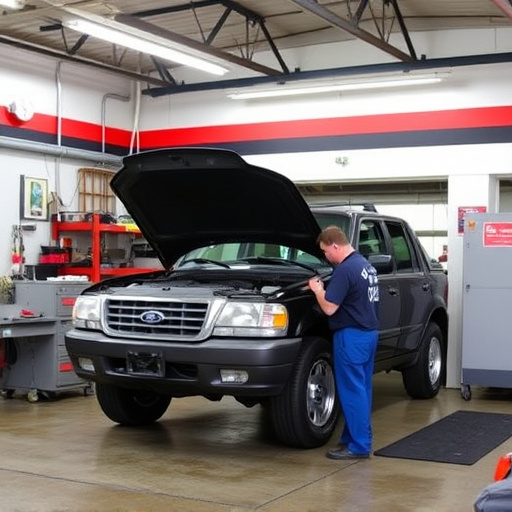
The recovery process for flood-damaged vehicles presents a unique set of challenges that go beyond the typical car repair scope. Water intrusion can cause extensive internal damage, often rendering standard repair methods ineffective. The presence of salt water, in particular, accelerates corrosion and can compromise structural integrity if not addressed promptly and correctly. This requires specialized knowledge and equipment to mitigate further damage and ensure the vehicle’s safety for operation.
Additionally, the complex electrical systems in modern vehicles demand meticulous attention during flood damaged vehicle repair. Short circuits and moisture-related failures are common issues that must be identified and resolved by experts equipped with advanced diagnostic tools. Furthermore, while classic car restoration and luxury vehicle repair techniques share some principles, flood damage introduces unique complications that necessitate tailored solutions, emphasizing the importance of specialized expertise in this domain.
Specialized Techniques for Restoration
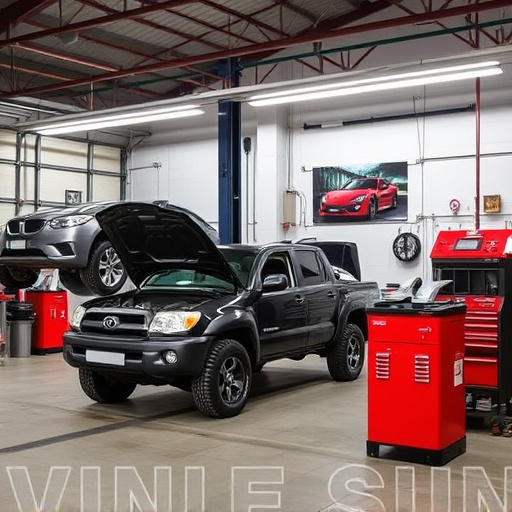
Flood damaged vehicle repair goes beyond routine auto maintenance or even typical auto body services. Restoration requires specialized techniques to address the unique challenges posed by water intrusion. These include meticulous frame straightening, as water can cause structural damage that’s not immediately visible. Every component must be thoroughly dried and treated to prevent mold and corrosion, ensuring the vehicle is safe for operation post-restoration.
Skilled technicians employ advanced methods like moisture detection technology, specialized drying equipment, and protective coatings to ensure every inch of the vehicle is revitalized. This meticulous approach is crucial in mitigating further damage and ensuring the flood-damaged vehicle functions seamlessly once repaired, giving it a new lease of life.
Flood damaged vehicle repair is a complex process that demands specialized expertise. Understanding the extent of damage, navigating unique challenges, and employing tailored restoration techniques are essential steps in effectively mitigating losses and ensuring vehicles return to safe, drivable condition. For optimal results, it’s crucial to turn to professionals equipped with advanced knowledge and tools specifically designed for flood damaged vehicle repair.

